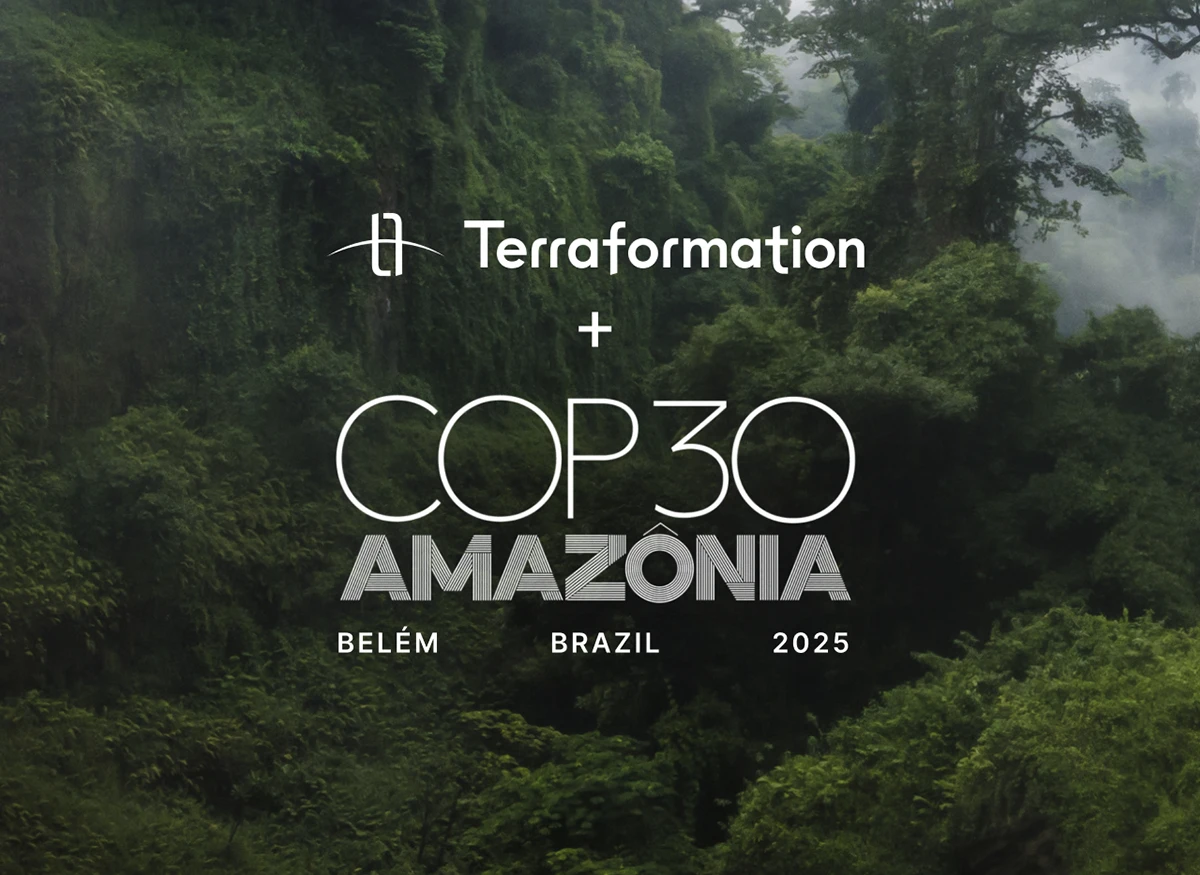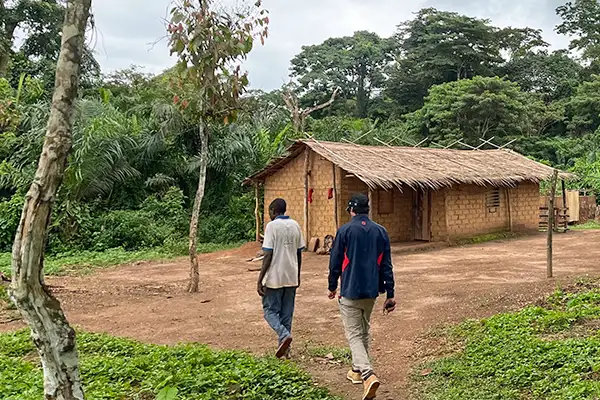Turning to Forests: Solutions for Current Catastrophes

In the past year, Alaska, Russia, and Canada have faced severe wildfires in their boreal forests, impacting densely populated areas far beyond the forests themselves. Wildfires in Canada alone impacted around 40 million acres of forests in 2023. The smoke from these fires, visible across large swaths of North America, prompted warnings for dangerous air quality conditions in 11 states. Yet unlike natural fire cycles, these disasters were largely avoidable.
Healthy and sustainable forests play a critical role in our planet's well-being by serving as nature's way of absorbing large amounts of carbon. Both wildlife and humanity benefit from forests that are managed responsibly. The past year’s record-breaking wildfires reveal the extent of the gap between good intentions and good forest management. Fortunately, the solutions are close at hand — if we are willing to apply them.
Managing forests with science — not misinformation
In boreal forests, diseased and dying trees are prevalent due to inadequate action in dealing with insect infestations. Yet forestry professionals are often hindered in their efforts by the spread of misinformation among the public. Although harvesting a small portion of trees in these protected areas can help safely manage an outbreak, public opposition to the practice affects policy, which impacts the options available to foresters.
As a result, a lack of forest management in national parks and other protected areas has allowed disease and infestation to spread easily, leading to the emergence of highly resistant “superbugs” more adaptable to colder weather and spreading over longer distances. The mountain pine beetle, spruce budworm, and spruce bark beetle are three “superbugs” that have caused widespread damage in North American forests, leading to dead trees that provide ample fuel for wildfires.
Nordic countries, in contrast, take measures to minimize the risk of disease and wildfires in their forests. Sweden and Finland, for instance, have substantially increased their forest coverage over the past five decades and strive to maintain sustainable levels of forest production. Canada — whose government owns 93% of the nation’s forests — could implement early thinning of forests, allowing trees to grow larger and more quickly, ultimately reducing the risk of wildfires.
Restoring with native tree species in areas impacted by disease or wildfire could greatly improve the health of these forests, resulting in increased carbon absorption. And this approach is not limited to national parks or other protected regions. Even in urban areas, a science-based approach to tree planting can lower temperatures and reduce pollution by absorbing CO2, creating more livable cities.
Beyond North America: Healthier forests for a more sustainable world
Forests can provide significant economic benefits, generating jobs and revenue for governments. This can be particularly valuable for countries with large amounts of debt, as it can help to sustain essential services such as healthcare and social welfare. In these regions, the mismanagement of forests is often driven by poverty and financial need, such as deforestation for charcoal production or open land for animal grazing. But this does not have to be the case if sustainable solutions are implemented.
In sustainable forest management, often more trees are planted than harvested, resulting in the expansion of the forest cover. A portion of the forest can be harvested on a sustainable basis, ensuring a perpetual resource for present and future generations. By investing in healthier and more expansive forests, we can address a range of global issues without needing to reduce forest cover to meet economic needs.
Of course, the most urgent of these issues is climate change. Carbon absorption begins when trees are young; the absorption increases as the forest grows, especially in the early to intermediate years of growth. In addition to the climate mitigation benefits of these young forests, they produce sustainable products that continue to absorb carbon.
These include lumber and plywood, which are more positive for the environment compared to non-wood construction materials and create far less waste. The residuals from the production process, including wood chips, bark, and sawdust, are used to create packaging products, paper bags, and even biofuels — reducing our dependence on plastics and fossil fuels.
In addition, forestry biomass can offer a sustainable solution for generating both energy and heat through cogeneration operations. This makes it an ideal option for powering and heating small to mid-sized communities, including schools, government and community buildings, hospitals, and greenhouses.
Leading by example — with science-based commitments
With the haze of the 2023 wildfires not far behind us, the time to act is now. To prevent another record-breaking fire season, we must prioritize the planting of native trees, especially in forests affected by disease, excessive tree death, and earlier wildfires. It is time to understand and appreciate that scientific, sustainable forest management is nature’s way to combat climate change — and to renew the areas already impacted by it. It’s not too late.
About the
Series:
Who Will Speak For The Trees?
At a time when human economic development is prioritized over the needs of nature, the Who Will Speak for the Trees? series features top reforestation leaders with a broad range of restoration expertise, including climate tech, monitoring, science, finance, media, and more. These diverse voices offer expert viewpoints to instill confidence in how humanity can support nature to deliver a forested future for all living things on Earth. Join us for this ongoing series to learn more about the science of reforestation and how restoring ecosystems is part of a comprehensive climate solution.
















